Expert Nguyen Thi Tam
In the context of Vietnam moving towards sustainable development goals and reducing greenhouse gas emissions, the carbon market is expected to be an important tool to help achieve environmental protection commitments. However, the development of this market in Vietnam still faces many difficulties and challenges. To better understand this issue, the reporter had an interview with expert Nguyen Thi Tam (Tam Nguyen), who has many years of research and consulting on policies related to environmental protection and sustainable development. Reporter: Madam, the carbon market is considered an important tool to reduce greenhouse gas emissions and promote green transition. However, in Vietnam, this market is still quite new. Can you share about the current status of the carbon market in Vietnam? Expert Tam Nguyen: The carbon market includes the mandatory carbon market and the voluntary carbon market. The compulsory carbon market is a market in which carbon credits are bought and sold based on the commitments of countries and territories on Climate Change within the framework of the United Nations Framework Convention on Climate Change (UNFCCC) to achieve the goal of reducing greenhouse gases. The voluntary carbon market is a market outside the compulsory market, which allows organizations, establishments, businesses and individuals to buy and sell carbon credits in compliance with standards recognized by the market and internationally on a voluntary basis to voluntarily implement emission reduction commitments. For the voluntary carbon market, as of November 2022, Vietnam has about 276 emission reduction projects successfully registered under the CDM standard, releasing more than 29 million tons of CO2e; 32 projects successfully registered under the Gold Standard standard, releasing nearly 6 million tons of CO2e; 27 projects successfully registered under the VCS standard and releasing more than 1 million tons of CO2e. This number continues to increase annually due to the number of projects successfully registered under the Gold Standard and VCS standards. Regarding the domestic mandatory carbon market, Vietnam has taken important first steps in establishing a legal framework for the carbon market. The 2020 Law on Environmental Protection (Article 139) has laid the foundation for the development of the domestic carbon market. In early 2022, the Government issued Decree 06/2022/ND-CP on greenhouse gas emission reduction and ozone layer protection, clearly defining the roadmap for carbon market implementation through 3 stages: preparation, piloting and operation, from 2021 to after 2028. Recently, Decision 13/2024/QD-TTg issued on August 15, 2024, supplementing Decision 01/2022, also added a list of sectors and business establishments that need to report greenhouse gas inventories. Many pilot programs have been implemented to prepare for the future carbon market, including the REDD+ Program to support greenhouse gas emission reduction through forest protection. The ERPA agreement between Vietnam and the World Bank (WB) on greenhouse gas emission reduction in the North Central region for the period 2018-2024 was signed in 2020. According to this agreement, Vietnam transferred 10.3 million tons of CO2 reduction from the REDD+ project to the WB at a unit price of 5 USD/ton CO2, which is considered an important first step in the formation of a carbon market. In addition, other pilot projects such as the project "Transfer to LEAF/Emergent forest carbon in the South Central and Central Highlands for the period 2022-2026"; the project "Reducing emissions in forestry in the midlands and mountainous areas of the North of SK Forest"; The “REDD+ project in Hieu commune, Kon Plong district, Kon Tum province” has not been implemented yet due to the lack of a clear legal and policy mechanism. The main tools in the carbon market include the quota trading system, carbon tax and carbon offset credit mechanism. Countries make commitments and build emission reduction roadmaps in the Nationally Determined Commitment (NDC). Global carbon credits are mainly generated from projects in 8 main areas, including forestry, renewable energy, industrial production, energy saving, waste treatment, transport and agriculture . In general, the carbon market in Vietnam is still quite new, although there have been the first steps for orientation, there still needs to be clear policies and roadmaps for this potential market. PV: So, in your opinion, what are the biggest challenges that Vietnam is facing when developing the carbon market? Expert Tam Nguyen: In my opinion, the carbon market in Vietnam, despite its great potential, is still facing many difficulties and challenges in the development process, especially related to legal factors, technical infrastructure, business awareness and financial resources. First is the limitation of the legal and policy framework. Although Vietnam has implemented a number of policies related to the carbon market, the operating mechanism is still incomplete. The regulations in Decree 06/2022/ND-CP are currently in the process of being revised and do not have detailed instructions on how to allocate quotas, the method of operation and the roadmap of carbon quota and credit trading floors. There are also no specific figures for the calculation and allocation of quotas. Along with that, close coordination between the Ministry of Natural Resources and Environment and relevant ministries such as Finance, Industry and Trade, Construction and Transport is essential to avoid difficulties and delays in effective implementation. The second is the lack of technical infrastructure and specialized energy. Currently, Vietnam mainly applies the measurement, reporting and verification (MRV) system according to international standards to develop voluntary carbon credit projects. However, the domestic MRV system has not been fully established, lacking technology and specialized human resources to meet the requirements. In addition, the number of experts qualified to operate the carbon market is very limited, requiring significant efforts in training and capacity building for relevant agencies, businesses and personnel. The third is about business awareness and participation. Many businesses are still not fully aware of the role and benefits of the carbon market, even though this group contributes a significant part of greenhouse gas emissions (about 30%). In addition, the lack of motivation to participate due to high initial investment costs and the lack of clear policy and legal support makes it difficult for businesses to implement emission reduction projects. Fourth, lack of financial resources and international support. To achieve the target of reducing emissions by 43.5% by 2030 and 100% by 2050 compared to the 2014 baseline (NDC), Vietnam needs large financial support from the international community, especially developed countries. Building infrastructure and perfecting the legal framework for the carbon market requires large resources in terms of finance, technology transfer, and capacity building so that Vietnam can learn from the experiences of stable markets.
Promoting the carbon market in Vietnam requires a synchronous solution. Illustrative photo
PV: From those challenges, what solutions are needed to promote the development of the carbon market in Vietnam, Madam? Expert Tam Nguyen: To promote the development of the carbon market in Vietnam, there needs to be synchronous solutions, combining the development of a legal framework, capacity building, and attracting the participation of relevant parties. Specifically, the measures that need to be implemented include: Completing regulations on emission measurement, reporting and verification (MRV), and at the same time developing carbon credit standards to ensure transparency and reliability, improving the quality of emission reduction projects to be able to compete with the international market; Establishing official carbon quota and credit trading floors, connecting the domestic market with the international market and establishing a roadmap of specific directives and instructions for participating sectors, establishments, businesses, and individuals; Have incentive mechanisms, apply preferential policies such as tax exemptions, reductions and financial support, establish specific guidance tools for businesses participating in emission reduction projects and carbon credit trading; Organize training programs on carbon market mechanisms and how to participate in transactions, helping to improve capacity for businesses and management agencies; Carry out communication campaigns and workshops to raise awareness of the carbon market, the opportunities that the carbon market brings to society and businesses, thereby promoting the participation of the business community and society; Provide tools, technical advice and financial support, especially for small and medium enterprises in implementing emission reduction projects; Develop green investment funds and preferential credit mechanisms to support greenhouse gas emission reduction projects; Participate in global initiatives and regional carbon markets, learn from experiences and expand international trading opportunities; Encourage businesses to apply advanced technologies to reduce emissions, improve energy efficiency and develop renewable energy; Clearly define the roadmap and specific timelines for operating the carbon market in Vietnam by 2027; Synchronize the carbon market with national strategies on sustainable development, in line with socio-economic development, and bring about co-benefits. Implementing the above solutions will not only help develop the carbon market but also contribute significantly to the strategy of reducing greenhouse gas emissions, while promoting the sustainable development of the Vietnamese economy. PV: As a leading expert, having worked for many foreign companies related to this market. What do you think about the carbon market in other countries and what do you think the future of this field in Vietnam will be like? Expert Tam Nguyen: Carbon markets in countries around the world are developing strongly, with countries and territories having implemented mandatory carbon credit trading systems, reaching a total cumulative value of 104 billion USD by 2023. The European Union (EU ETS) and China are typical models, while the United States has regional markets such as California. Important factors for the success of carbon markets include a strong legal framework, transparency in measurement and government support. The voluntary carbon market is also developing strongly, with more than 3,700 projects in 100 countries, reaching a total cumulative value of 10.8 billion USD in the period 2005-2023. This is an important foundation for countries to achieve their emission reduction and sustainable development goals. Regarding the future, Vietnam has participated in the carbon market since 2005 through the clean development mechanism CDM, with more than 400 projects registered under the framework of international independent standards. Vietnam has committed to achieving carbon neutrality by 2050 and the carbon market will be a central tool in the emission reduction strategy. Renewable energy projects; reducing emissions from deforestation and forest degradation (REDD+); community projects (clean water and high-efficiency cookstoves); fuel conversion... have great potential in exporting carbon credits internationally. However, Vietnam still faces challenges in perfecting the legal framework and raising awareness and capacity of businesses. In the short term, 2025-2027 will be a testing period for the carbon market in Vietnam, focusing on large emission sectors such as energy and industry. It is forecasted that by 2035, the carbon market in Vietnam will become an important part of the green and sustainable economic development strategy, contributing to the goal of carbon neutrality. Thank you!Manh Tuong (performed)



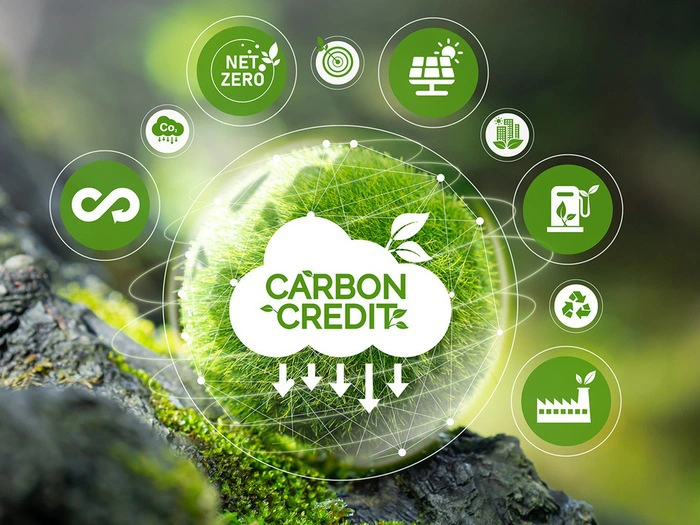




![[Photo] The Standing Committee of the Organizing Subcommittee serving the 14th National Party Congress meets on information and propaganda work for the Congress.](https://vphoto.vietnam.vn/thumb/1200x675/vietnam/resource/IMAGE/2025/11/19/1763531906775_tieu-ban-phuc-vu-dh-19-11-9302-614-jpg.webp)

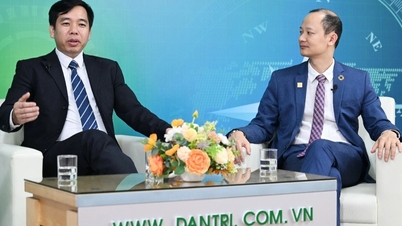

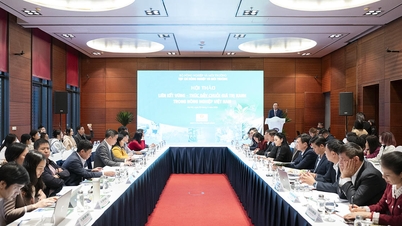










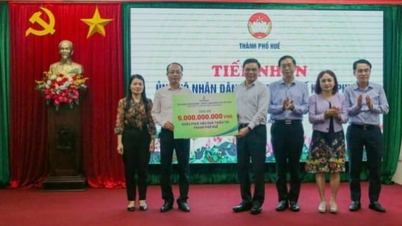
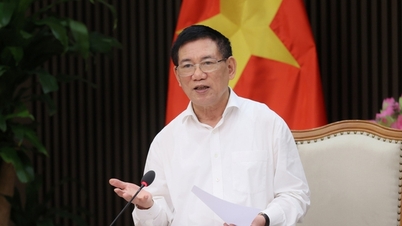

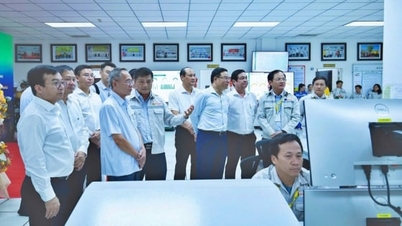











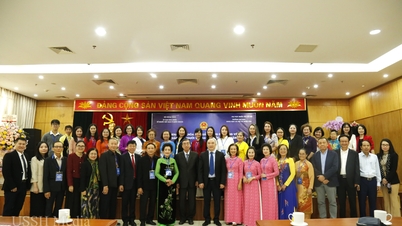
![[Photo] General Secretary To Lam receives Slovakian Deputy Prime Minister and Minister of Defense Robert Kalinak](https://vphoto.vietnam.vn/thumb/1200x675/vietnam/resource/IMAGE/2025/11/18/1763467091441_a1-bnd-8261-6981-jpg.webp)
![[Photo] Prime Minister Pham Minh Chinh and his wife meet the Vietnamese community in Algeria](https://vphoto.vietnam.vn/thumb/1200x675/vietnam/resource/IMAGE/2025/11/19/1763510299099_1763510015166-jpg.webp)












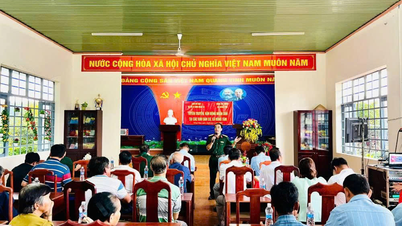




















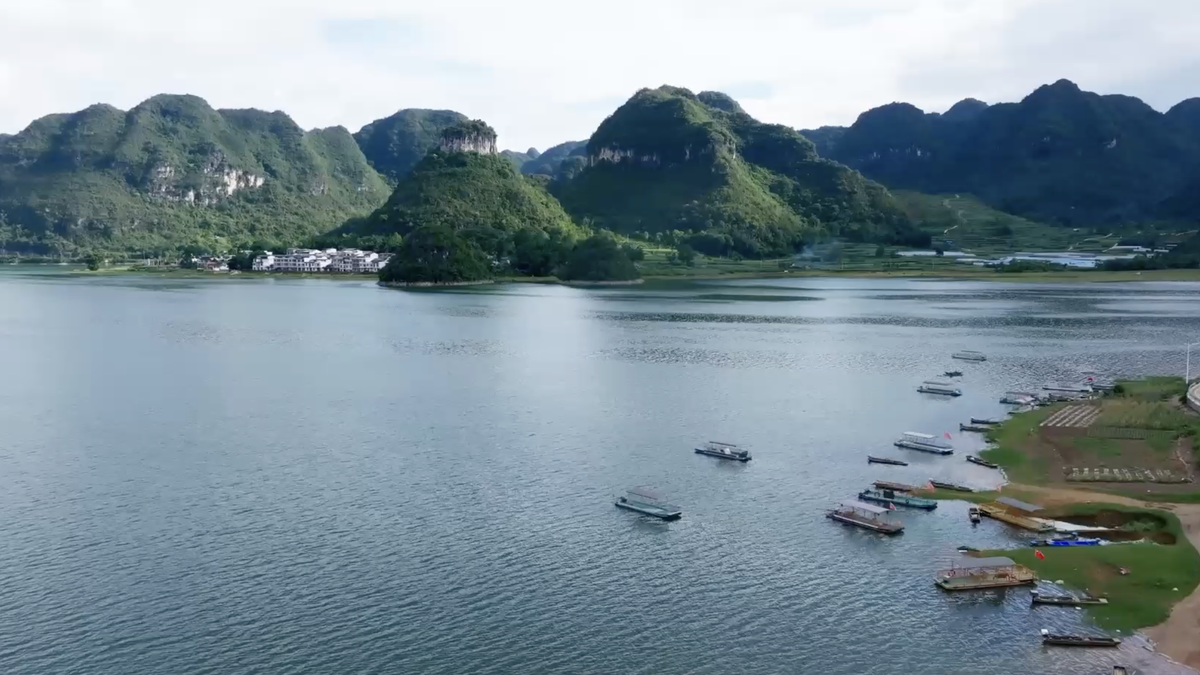








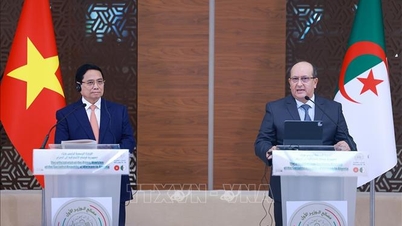







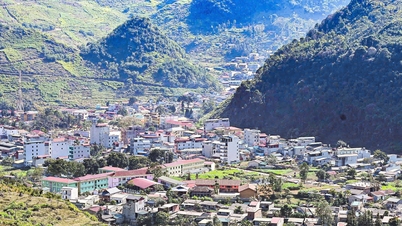









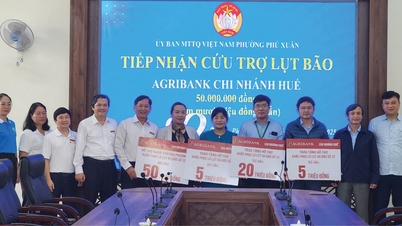






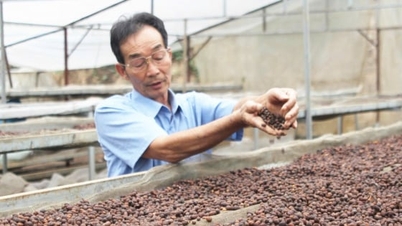







Comment (0)